The workshop was attended by scientists and archaeologists from the Vietnam Historical Science Association, the Southern Institute of Social Sciences; experts and researchers in the province. On the provincial side, there was Vice Chairwoman of the Provincial People's Committee Nguyen Thi Thanh Lich, along with leaders of several departments, branches and localities.

Speaking at the opening of the workshop, Director of the Department of Culture, Sports and Tourism Do Thi Dieu Hanh said: Truong Luy is a special rampart structure, about 127.4 km long, stretching from Quang Ngai province to Gia Lai province; of which, the section passing through Gia Lai province is about 14.4 km long. This is a relic containing historical, cultural and military values, closely associated with the lives of residents in the border area.
Researching, preserving and promoting the value of relics not only aims to honor heritage but also opens up directions for socio -economic development, especially cultural tourism and education for the locality.
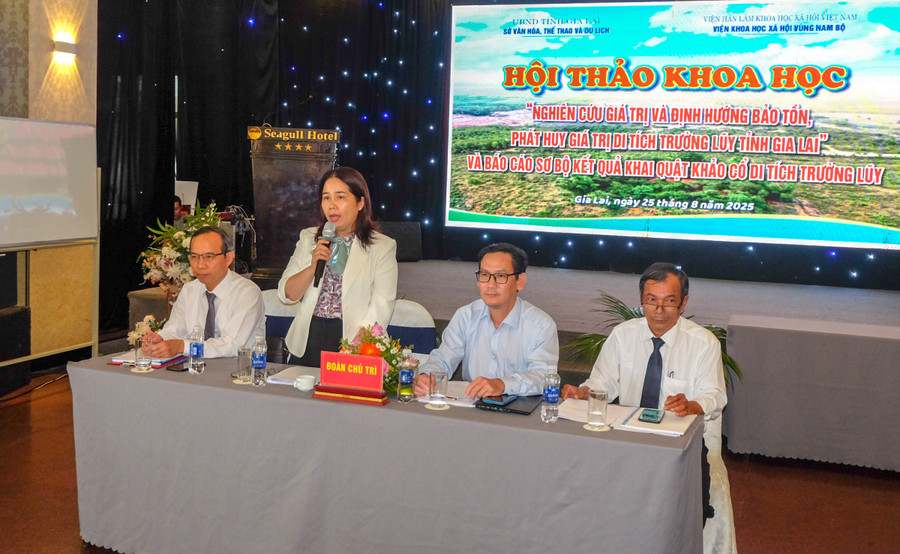
Photo: Ngoc Nhuan
The preliminary report on the results of the archaeological excavation of Truong Luy in Gia Lai province presented by Dr. Nguyen Khanh Trung Kien - Deputy Director of the Southern Institute of Social Sciences shows that: After more than 1 month of excavation (from May 23 to June 30), scientists have clarified the scale, construction techniques, as well as the historical and architectural value of the project; most notably the vestiges of the watchtowers at Dong Ham Station and Station H4.
This is an important basis for Gia Lai province to prepare a scientific dossier to propose the Ministry of Culture, Sports and Tourism to rank Gia Lai Citadel as a national relic, and at the same time propose solutions for effective preservation and promotion.


At the workshop, experts and researchers presented many papers, analyzed and reinforced the historical and cultural values of the Truong Luy in relation to the development process of Gia Lai land; historical significance in the border management policy of the Nguyen Dynasty; experience in preserving the Truong Luy system in Quang Ngai; proposed orientations for linking relic conservation with tourism development and traditional education...

Photo: Ngoc Nhuan
Speaking at the workshop, Vice Chairwoman of Gia Lai Provincial People's Committee Nguyen Thi Thanh Lich highly appreciated the efforts of the research agencies. The proposals and recommendations from the workshop will be an important basis for the province to build a policy to preserve and promote the value of the Truong Luy relic of Gia Lai province, turning this place into a typical cultural and tourist destination.
At the same time, the Vice Chairman of the Provincial People's Committee directed the Department of Culture, Sports and Tourism to continue advising the province on comprehensive and synchronous research solutions (including archaeology, history, regional and inter-regional connectivity); set up protective markers, delimit the conservation area of the Truong Luy system. Propose a plan to promote the value, exploit and develop tourism, and in the immediate future, research to protect and exploit tourism in the Truong Luy section at La Vuong plateau.
Along with the Truong Luy relic, continue to advise on implementing the overall program in the work of preserving, managing and promoting heritage values...

The workshop contributed to identifying the value of Truong Luy relic in Gia Lai province, creating an important basis for orienting the strategy of preserving and promoting the value of the relic in the coming period, as well as opening up prospects for cultural heritage research to create resources for tourism development in Gia Lai province.
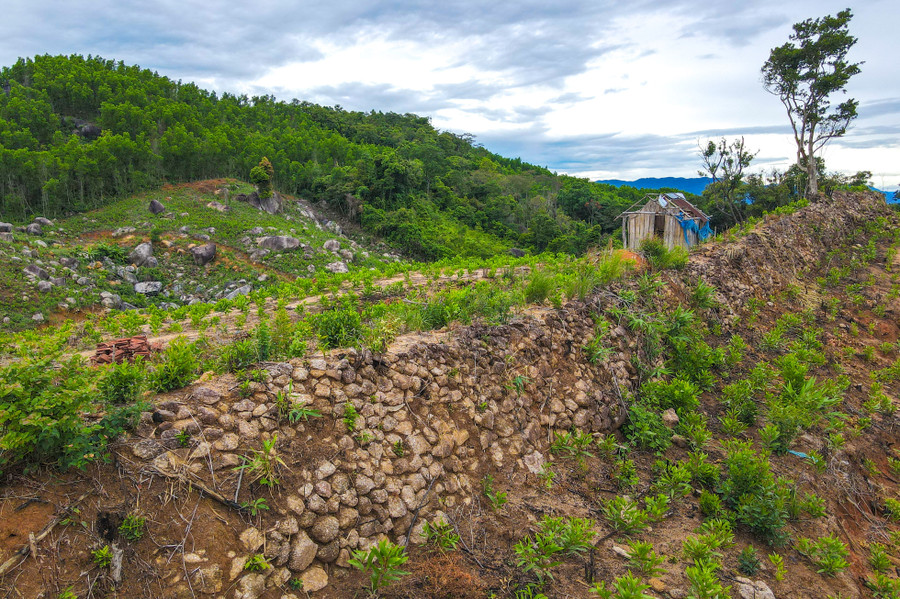
Previously, on August 24, the Department of Culture, Sports and Tourism, together with experts, scientists and researchers, conducted a field survey of the Truong Luy archaeological excavation area in Gia Lai province, at 3 locations belonging to the relic: Station H4 (village 4, An Lao commune), Station Dong Ham (village 5, An Lao commune) and Station An Quang (village 2, An Hoa commune), to clarify important documents on construction techniques, the structure of the rampart system and the garrisons.
Source: https://baogialai.com.vn/nhan-dien-dinh-huong-bao-ton-phat-huy-gia-tri-di-tich-truong-luy-tinh-gia-lai-post564695.html





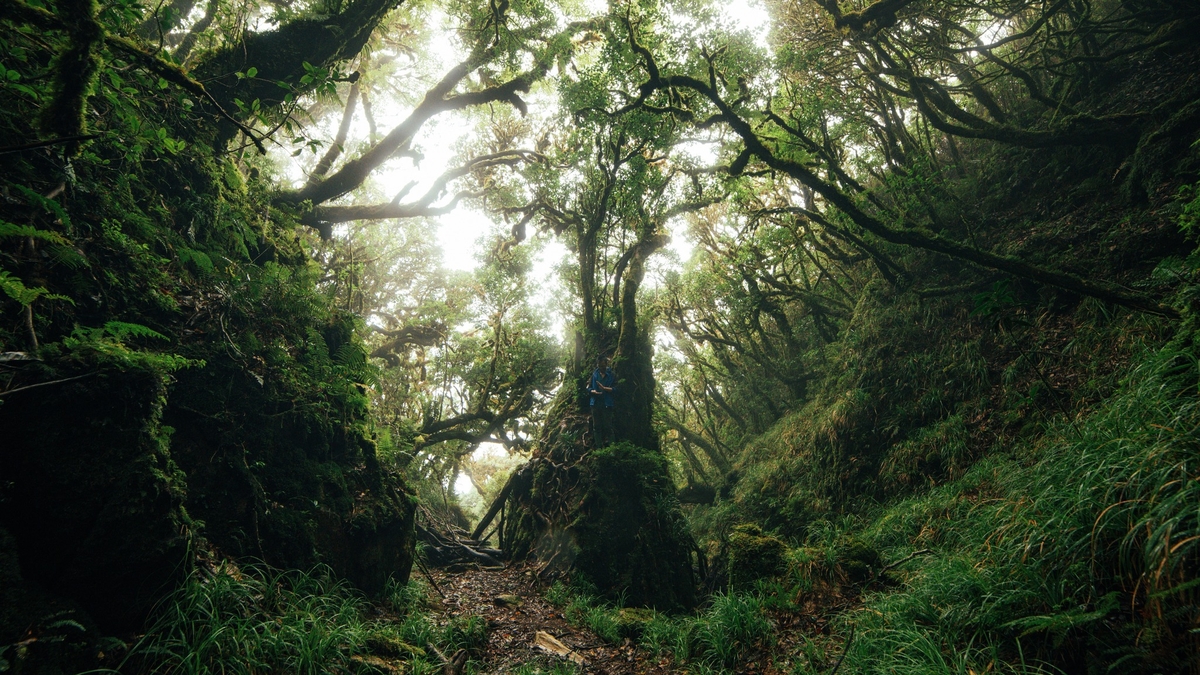


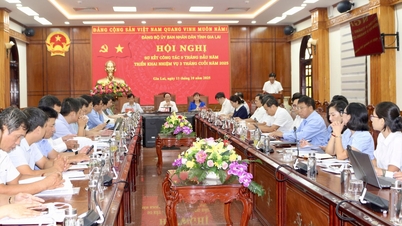




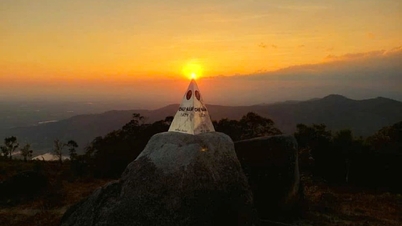

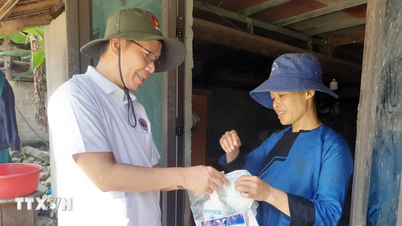

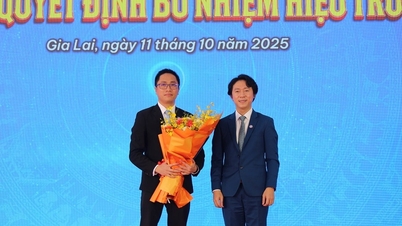



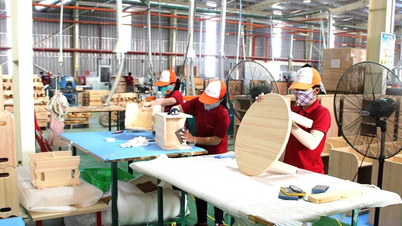
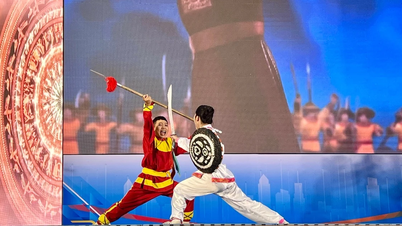
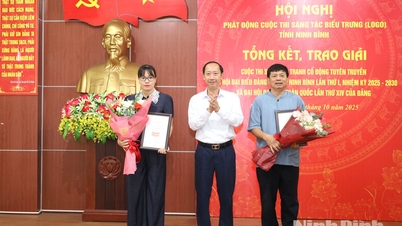

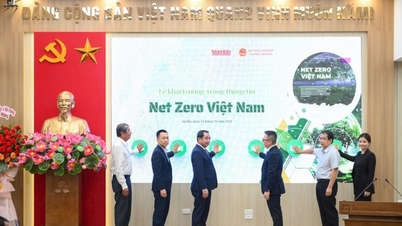






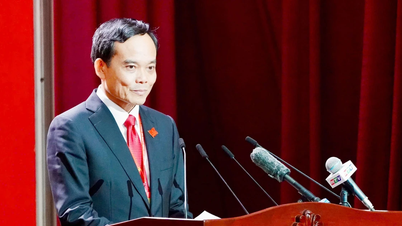
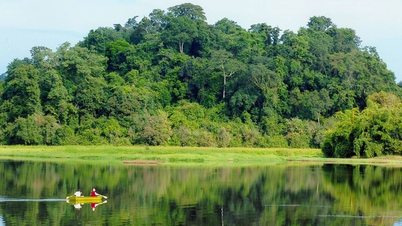
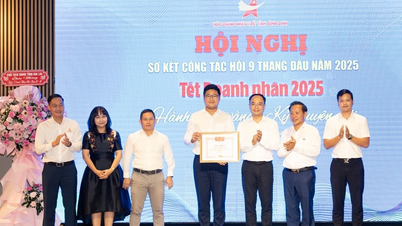


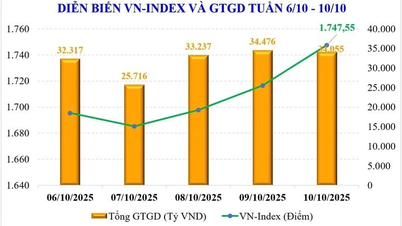

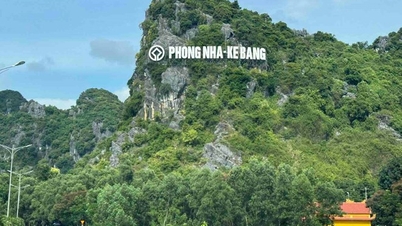

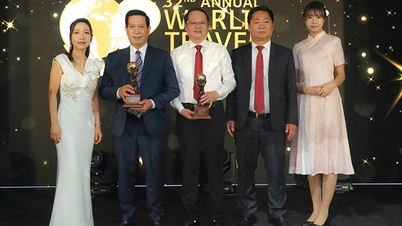

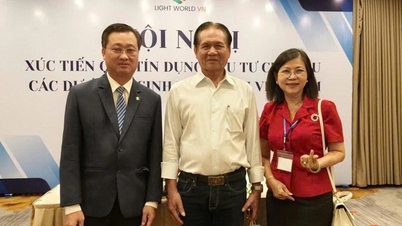



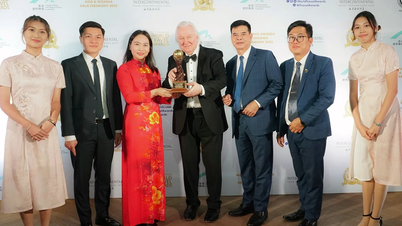

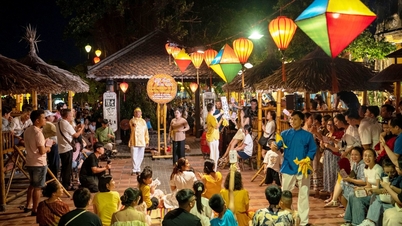



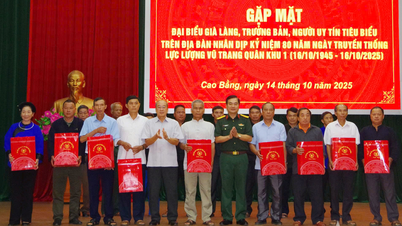







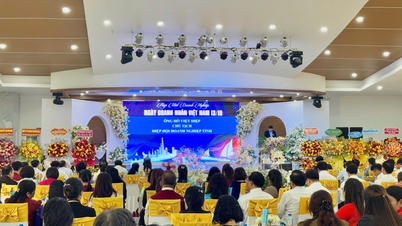

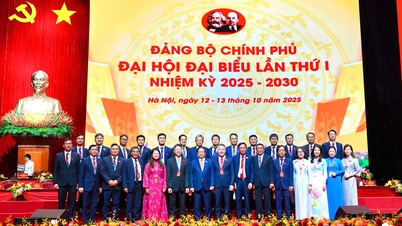
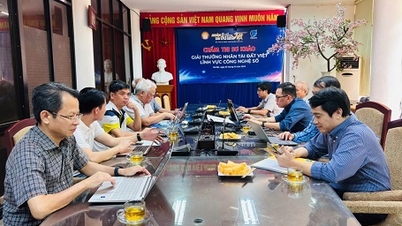



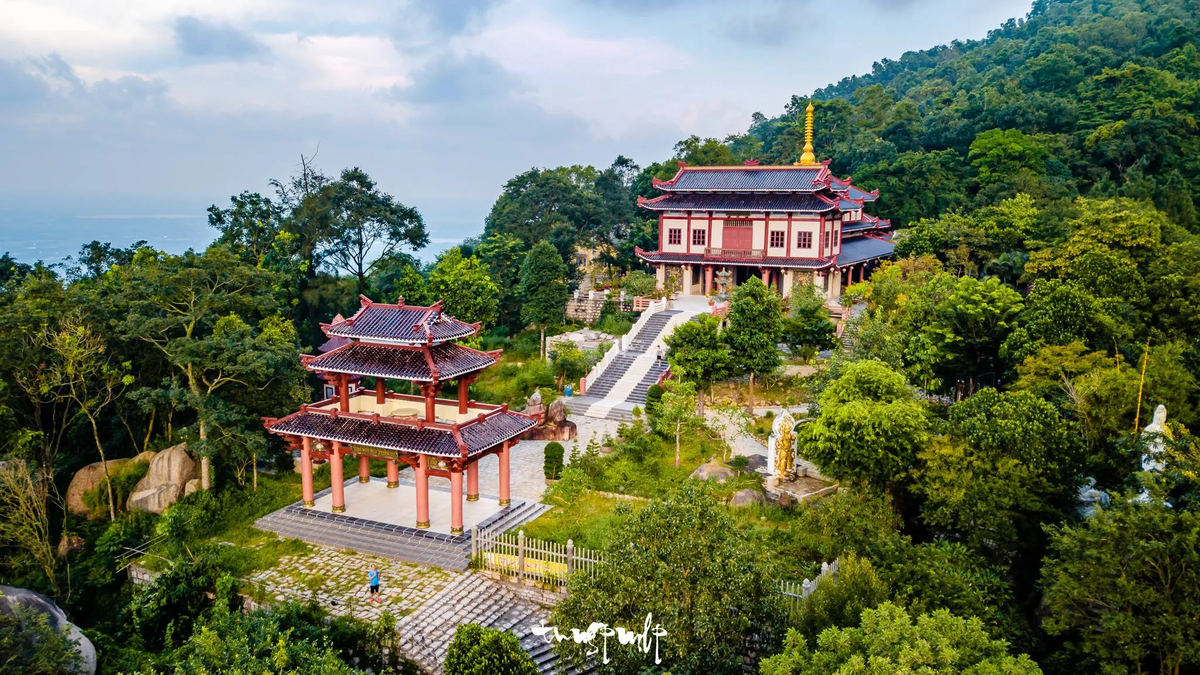
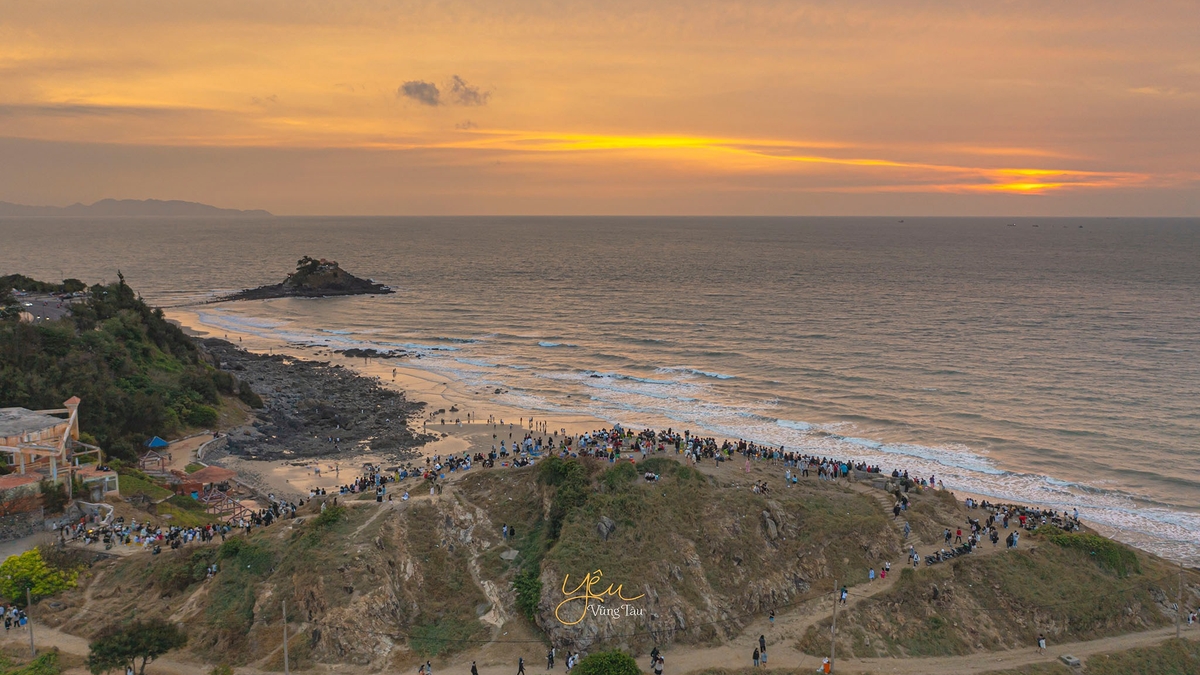




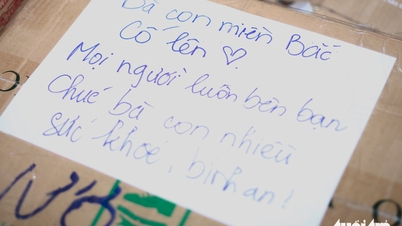

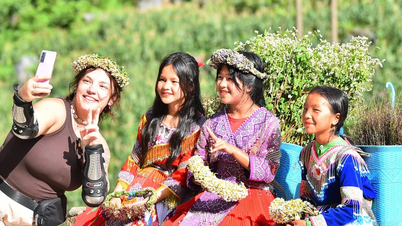
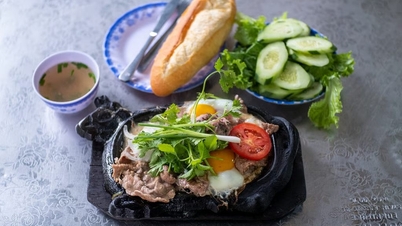



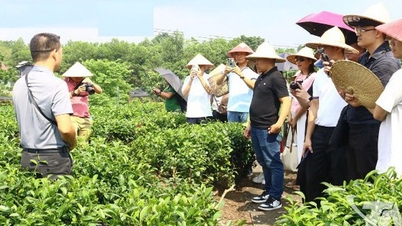


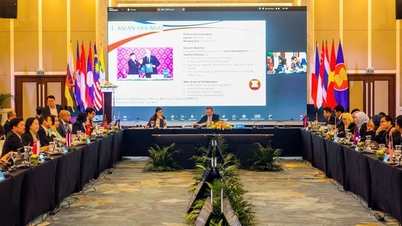
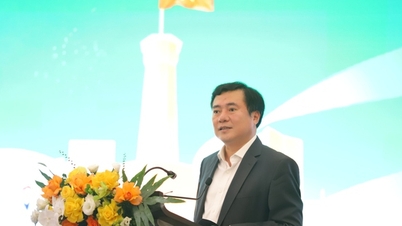
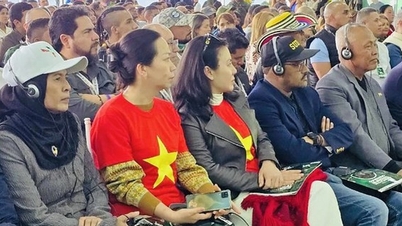
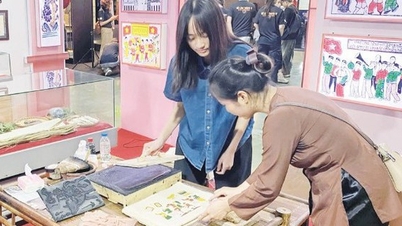


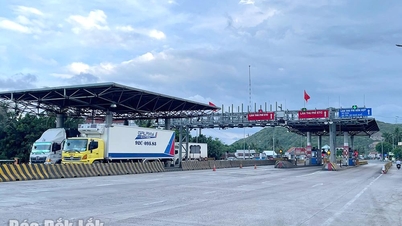

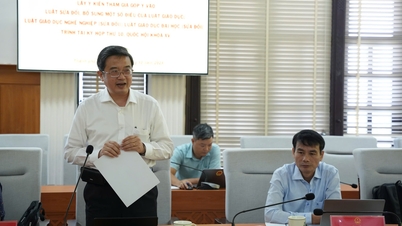

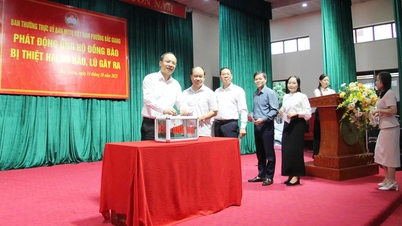

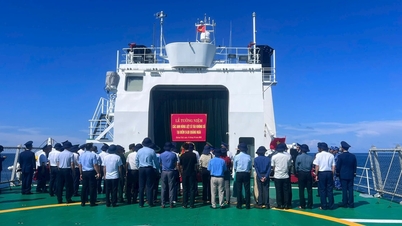
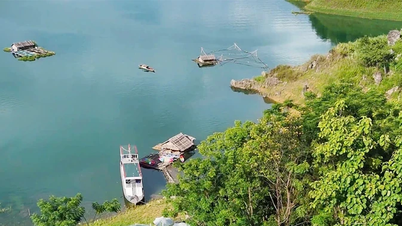

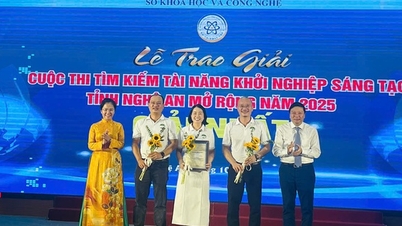









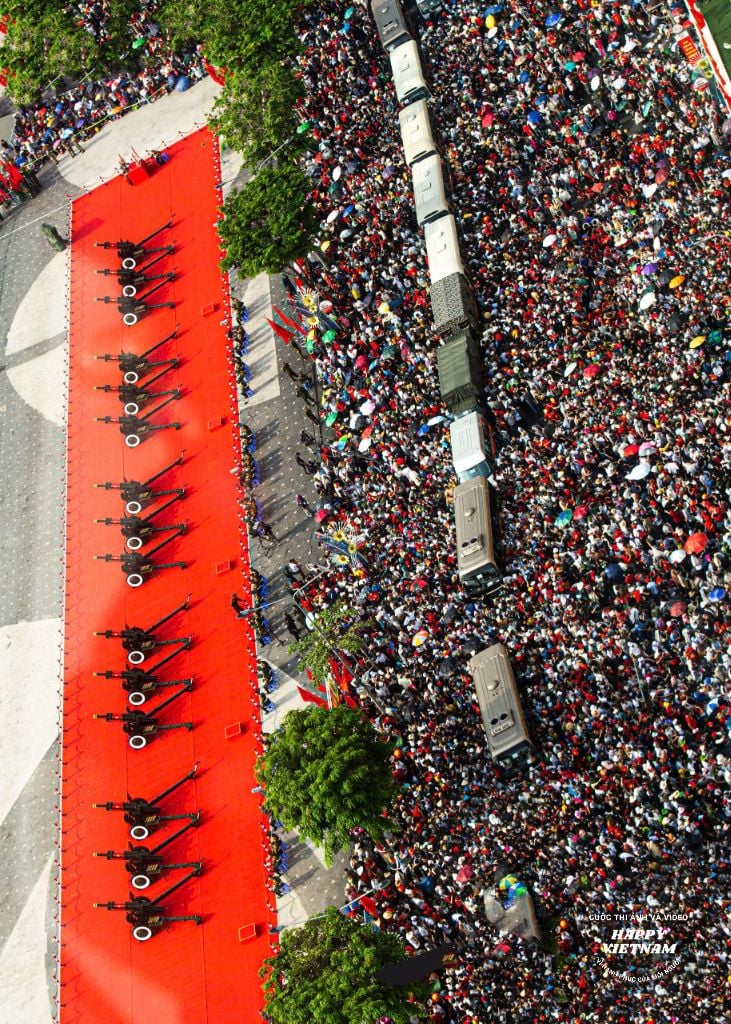
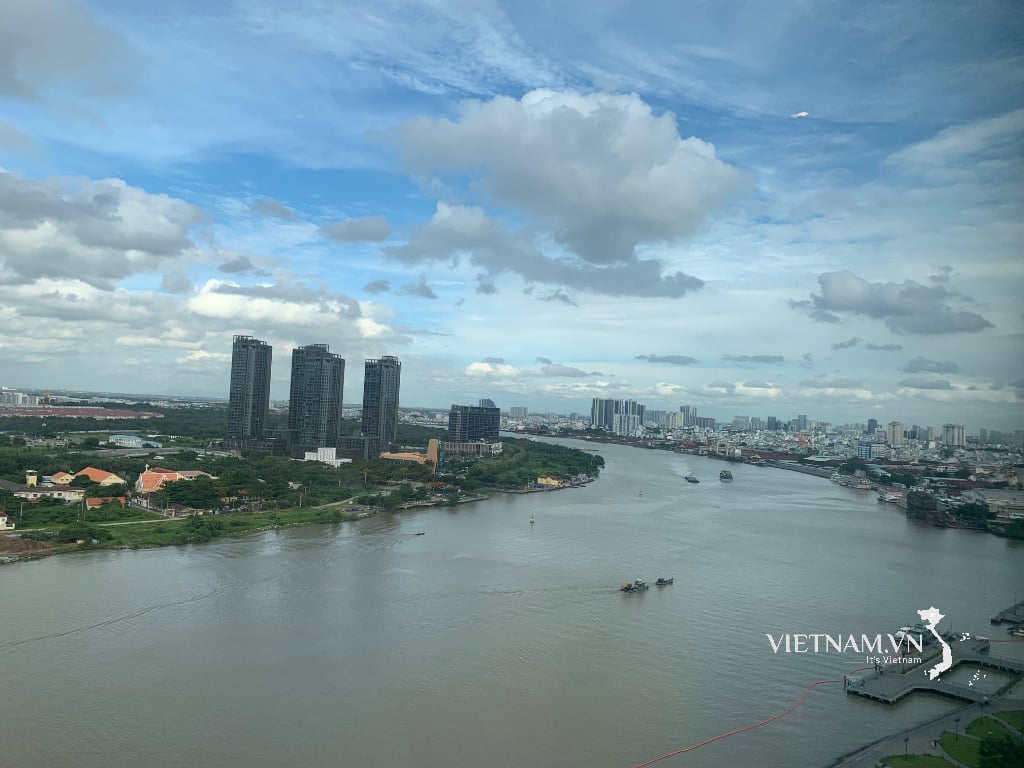
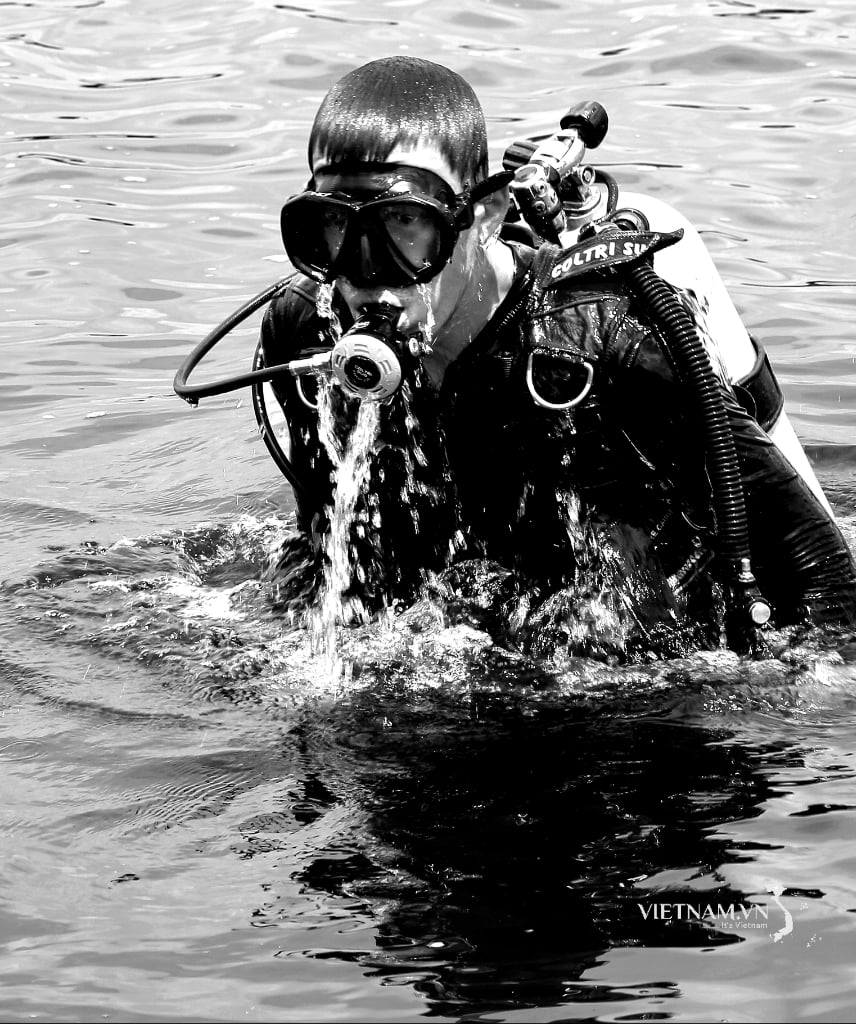
Comment (0)